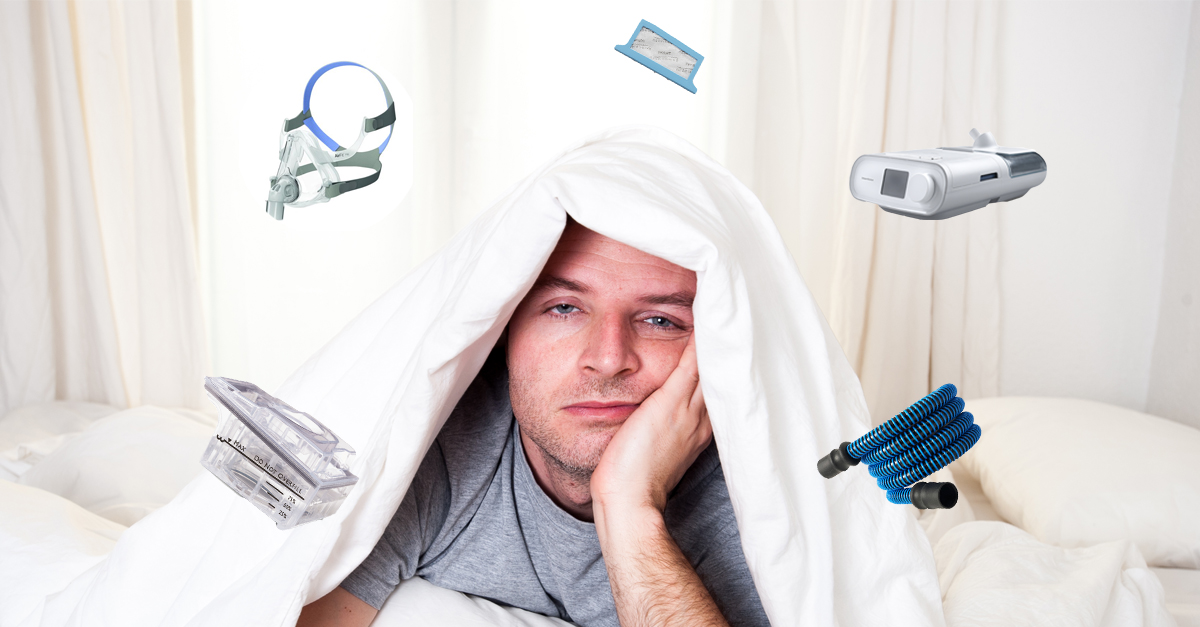
Welcome to the world of CPAP therapy! As a new user, you will find that there is a lot to learn about treating your sleep apnea. And it’s completely normal to have questions about what the treatment involves.
It can be overwhelming to see the wide range of equipment available to CPAP users. And you may find yourself wondering, “What exactly do I need?”
Hopefully, this article will provide a stress-free guide to help you understand the basics of CPAP therapy. Once you understand the different equipment you need and how to use it, you’ll be well on your way to being fully compliant with your CPAP treatment.
 Obtaining a CPAP Prescription
Obtaining a CPAP Prescription
The first place you’ll want to start is by obtaining a CPAP prescription. Once you have a prescription, you can buy equipment and begin your therapy. If you still haven’t received a prescription, there are four different way you can go about this:
Sleep test in a lab
During a lab test, you’ll stay overnight in a sleep clinic. You’ll be hooked up to equipment that will monitor your heart rate, lung and brain activity, breathing, blood oxygen levels, and bodily movements. This will let allow a doctor to make a diagnosis.
Home Sleep Test (HST)
A home sleep test is taken in the comfort of your home rather than at a lab. This simplified test will measure your heart rate, blood oxygen level, airflow, and breathing. If you have sleep apnea, this will be evident from your testing results. However, like a lab sleep test, a prescription from your doctor is required.
Easy Sleep Apnea Test (ESAT)
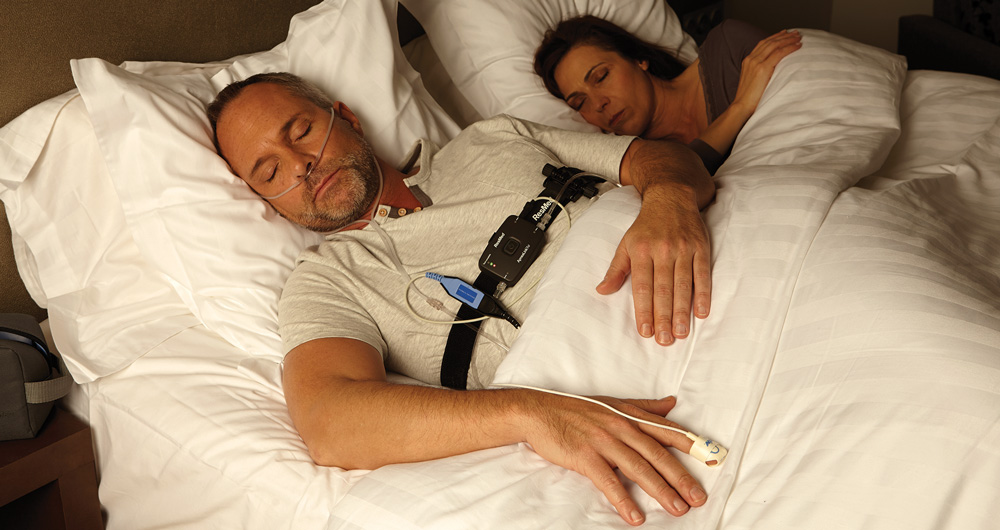 An ESAT is Easy Breathe’s unique alternative to a lab test or traditional home sleep test. With an ESAT, you fill out a questionnaire online, which will be reviewed by a doctor.
An ESAT is Easy Breathe’s unique alternative to a lab test or traditional home sleep test. With an ESAT, you fill out a questionnaire online, which will be reviewed by a doctor.
If the doctor agrees testing is necessary, they’ll write a prescription for the sleep test. Then the necessary equipment will be sent directly to your home.
You’ll use the equipment for a few days then send it back. The doctor will review your test results and determine whether CPAP therapy is necessary.
 CPAP Rx package
CPAP Rx package
This is primarily for users who have already obtained a diagnosis and need to renew their prescription. It’s useful for individuals who are between doctors or aren’t relying on insurance coverage.
Getting Started: What You Will Need
Once you have obtained a prescription, you’re ready to start shopping for CPAP equipment. Here are five things you will need to get started:
A CPAP device
 The device itself is the first place you’ll want to start. Depending upon your insurance, price range, and the pressure prescribed by your doctor, you can start looking for the machine that’s right for you.
The device itself is the first place you’ll want to start. Depending upon your insurance, price range, and the pressure prescribed by your doctor, you can start looking for the machine that’s right for you.
Some of the most popular machines on the market right now include Philips Respironics DreamStation Auto or ResMed’s AirSense 10 AutoSet.
Find the right CPAP mask
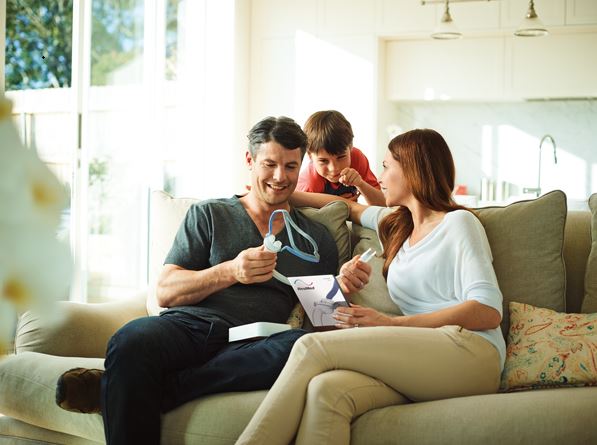
Finding the right mask is usually the most tedious part for new CPAP users. Everyone’s face is different so not every mask will be the right fit for you. Fortunately, there are tons of masks to choose from so odds are you’ll find something that works well for you.
It’s important to know whether you tend to breathe through your mouth or your nose. This will determine the type of mask you end up choosing.
A full face mask is ideal for mouth breathers while a nasal mask is better for nose breathers. Or you can opt for a nasal pillow mask, which is good for nose breathers that want the most lightweight option.
Here are a few questions to consider as you’re looking for a mask:
- Do you breathe out of your nose or mouth at night?
- Do you sleep on your back, stomach, or side?
- Do you get claustrophobic easily?
- Do you like to read, watch TV, or do activities in bed before falling asleep?
A humidifier
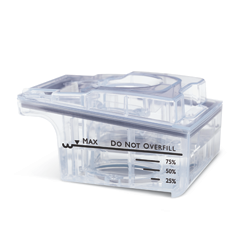
While humidifiers are an optional add-on, many CPAP users find them essential. A humidifier helps keep the air nice and moist so it doesn’t dry out your air passageways. Some CPAP machines come with a built-in humidifier but they can also be purchased separately.
The tubing
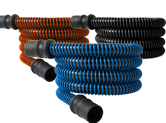
The tubing is what connects your mask to your CPAP machine and delivers the flow of air. When it comes to the tubing, the main thing you’ll want to consider is whether or not you want it to be heated. Heated tubes are pricier but do a better job combating issues associated with condensation from your humidifier.
Accessories as needed
And finally, no outfit is complete without the right accessories! CPAP equipment can be made more accommodating with a variety of add-ons such as mask or hose liners, chin straps, and other materials.
However, you don’t necessarily need to buy any accessories in the beginning. If there’s anything extra you need, you’ll likely realize it once you are further along in your therapy. For now just sit back, relax, and enjoy a good night’s sleep.



